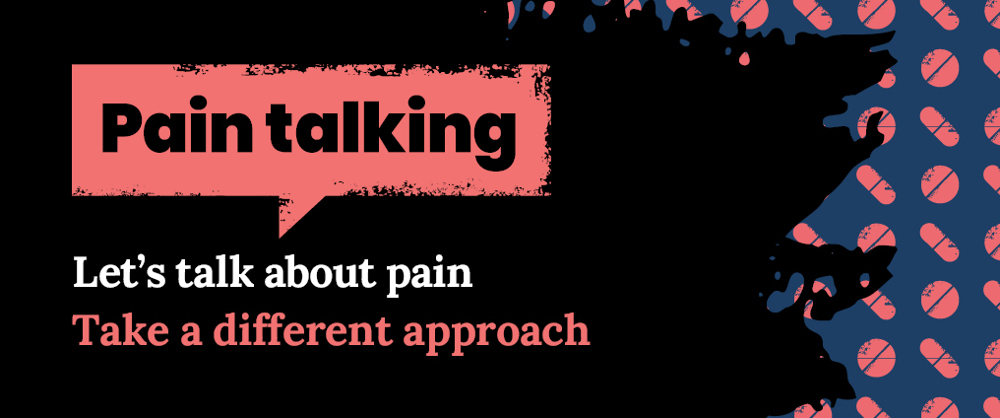
This information has been developed to supplement the information the doctor or healthcare practitioner has already given you.
Date of Issue: March 2025
Review Date: March 2026
If the review date has passed, the content will apply until the next version is published.
What is Lidocaine 5% Plaster?
It is a medicated plaster that contains lidocaine. A local anaesthetic. Which blocks pain signals.
It can help localised nerve-type pain, often described as burning, shooting, electric shocks, or pins and needles. The pain can be there all the time, or it can come and go.
The plaster is licensed for pain after shingles (post-herpetic neuralgia). Use in other pain conditions is ‘off-label’.
The plaster is available under different brand names such as Ralvo®.
How to use Lidocaine Plaster
Read the full instructions in the leaflet provided with your medicine.
Apply the plaster to cover the painful area.
Depending on the area that needs to be covered, the plaster can be cut to fit.
Up to three plasters can be used. This information will be on your prescription.
Wear the plaster for a maximum of 12 hours per day, followed by a 12-hour rest period, with no plaster.
The plaster can be worn during the day or night. Apply the plaster when your pain is worst.
Avoid contact with water whilst wearing the plaster, as it may fall off.
Are there any side effects?
The plaster has minimal side effects. Read the information leaflet provided with your medicines.
If your skin becomes irritated, remove the plaster.
The plaster should not affect your ability to drive.
How long should I use the plasters for?
You may feel some relief when you start to use the plaster. It may take 2-4 weeks for the full effect.
Discontinue use if there is no benefit after 2-4 weeks.
Review is recommended every few weeks or months when starting. Then at least every 6-12 months.
After a while the patches may no longer be needed. Review will help to decide this. Speak to a doctor or pharmacist if you have concerns.
Important warning
Using more than three plasters or wearing them for over 12 hours can cause toxicity. If you experience buzzing, visual changes, drowsiness, or twitching, remove the plasters immediately and seek medical advice.
Do not use if allergic to lidocaine or other local anaesthetics.
Do not use on broken skin.
Do not apply to sensitive skin, or near the eyes or nose.
Use with caution if severe heart, kidney, or liver disease.
Tell a doctor or pharmacist if you are pregnant or breastfeeding.
Medication in chronic pain
Medicines are not always helpful for long term pain.
They can cause side effects and harm.
It is best to stop medicines that are not working or cause problems.
It is helpful to find other ways of managing pain.
A doctor or pharmacist can explain more.
Remember
Do not stop medicines suddenly.
Do not share medicines.
Never take more medicine than prescribed.
Let your doctor or pharmacist know if you take other medicines or products.
Read the information sheet given with each medicine.
Keep medicines out of the reach of children.
Store medicines safely.
Return unused medicines to your pharmacy.
If your medicines make you drowsy, do not drive.
Discuss any medication concerns with your doctor or pharmacist.
Accessible formats
If you require this information in a community language or alternative format such as Braille, audio, large print, BSL, or Easy Read, please contact the Equality and Human Rights Team at: email: fife.EqualityandHumanRights@nhs.scot or phone 01592 729130. For people with a hearing or verbal impairment you can also contact the team through the NHS Fife SMS text service number on 07805800005.
